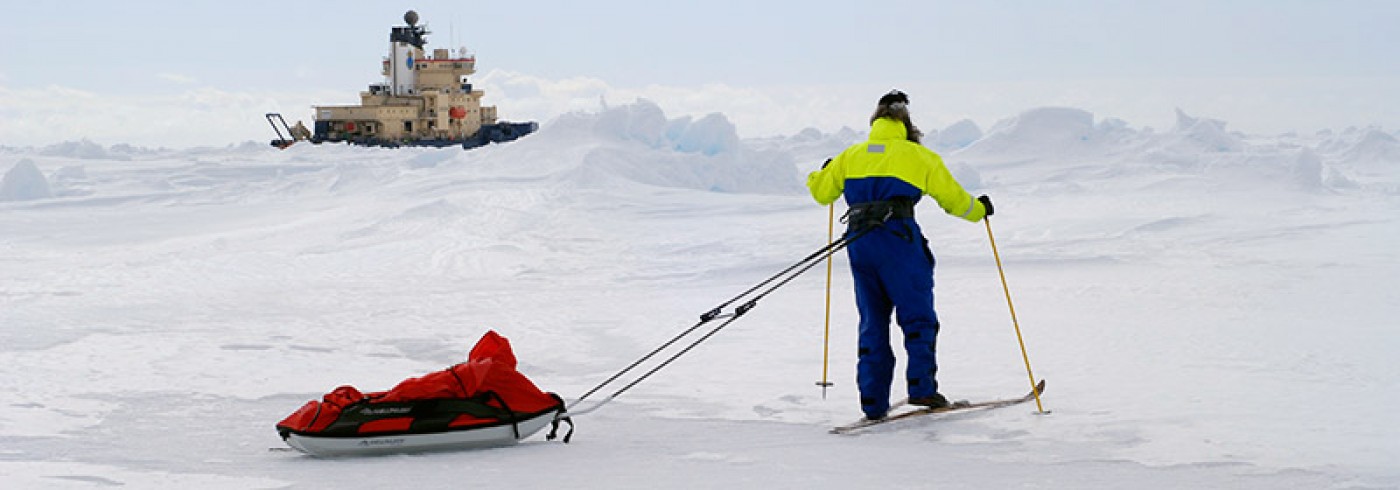Health assessment of Antarctic seals
26 November 2010 - 17 January 2011We have investigated the health status of three endemic seal species, i.e., the Ross, Weddell, and crabeater seals. Our main interest was to search for antibodies to canine distemper virus in the seals. Canine distemper was accidently brought to Antarctica via sledge dogs in the 1950s and was discovered still circulating in the seal population during the 1988/89 SWEDARP expedition. Though it initially caused high mortality, now the disease is no more harmful than the flu. Why has the mass mortality stopped? How have the seals’ immune system coding genes changed? To answer these questions, we will compare the genomes of disease survivors and victims. We will also study many other aspects of seal health, such as heavy metal, other pollutant (e.g. POP), and parasite burdens.
The Antarctic ecosystem is little influenced by human activity and can be used as a reference system for the North Sea. A similar virus, phocine distemper virus, has caused mass mortality among seals along Swedish coastlines. Studying two parallel ecosystems will improve our understanding of how viruses circulate in natural populations, helping us make better models to predict disease outbreaks.
We sampled seals along Oden’s route in Antarctica 2009/10 and 2010/11, throughout the Amundsen and Ross seas. We were interested in sampling all along the route to detect regional differences in antibodies and population genetics. In addition to sampling sets for blood and biopsies, we also used satellite tags to record seal migration routes.
We collected complete samples from 70 seals and DNA samples from 114 seals during the 2010/11 expedition, twice as many as during the earlier expedition. We were greatly helped by the onboard helicopter and its very motivated pilot, Sven Stenvall.
Preliminary lab analyses indicate that we can successfully detect DNA in samples from mummified seals found in the McMurdo Dry Valleys. Analyses of heavy metals in seal fur indicate that concentrations are species specific depending on the trophic level at which they feed. Another preliminary result is the unusual Ross seal migrations recorded by satellite tags. These seals swam 5000 km north, straight out into the open sea, staying there for several weeks before returning to the area near the continent where we equipped them. This indicates that Ross seals might have stronger site fidelity than we first thought; it might also imply that population sizes are easily underestimated.










